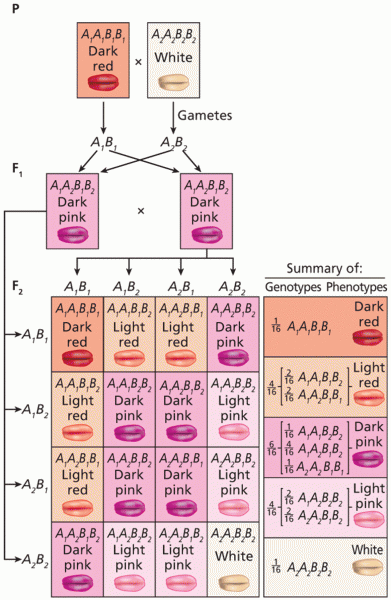|
|
|
Did you know?
Only one in 10 cancer deaths is caused by the primary tumor. The vast majority of cancer mortality is caused by cells breaking away from the main tumor and metastasizing to other parts of the body, such as the brain, bones, or liver.
Did you know?
Medication errors are three times higher among children and infants than with adults.
Did you know?
People about to have surgery must tell their health care providers about all supplements they take.
Did you know?
Many medications that are used to treat infertility are injected subcutaneously. This is easy to do using the anterior abdomen as the site of injection but avoiding the area directly around the belly button.
Did you know?
More than 34,000 trademarked medication names and more than 10,000 generic medication names are in use in the United States.







